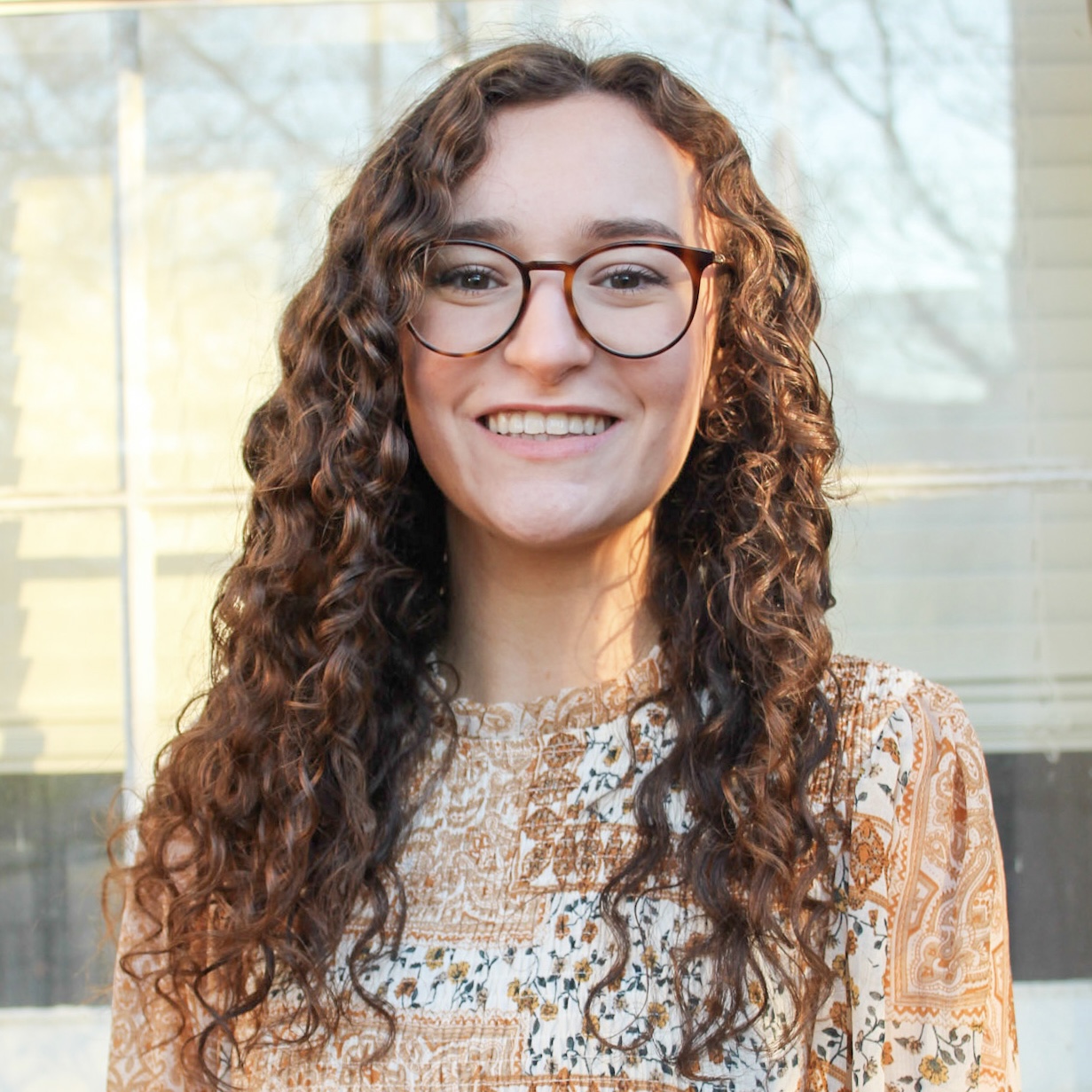Global Mental Health
(PS9-51) Screening Physical Symptoms and Psychological Distress of Long COVID in Thailand and the United States: A Linear Discriminant Analysis
- RX
Rong Xia, M.A.
Ph.D. Student
Bowling Green State University
BOWLING GREEN, Ohio, United States 
Leeann B. Short, B.S.
Graduate Student
Bowling Green State University
Bowling Green, Ohio, United States
Siyuan Wang, B.S.
Student Researcher
Duke Kunshan University
Durham, North Carolina, United States- PS
Piraorn Suvanbenjakule, M.A.
Former graduate student
Chulalongkorn University
Bangkok, Krung Thep, Thailand 
William H. O'Brien, ABPP, Ph.D.
Professor
Bowling Green State University
Bowling Green, Ohio, United States
Author(s)
Co-Author(s)
Long COVID, or post-COVID syndrome, refers to a multisystem condition that persists weeks or months following SARS-CoV-2 infection (Crook et al., 2021; Harenwall et al, 2021; Perego, et al., 2020). Commonly reported symptoms emerge both physically and psychologically across countries, age, gender, and socioeconomic status, resulting in multidimensional functioning impairment (Crook et al., 2021; Pantelic et al., 2022; Stephenson et al., 2021; Sugiyama et al., 2022). Considering the heterogeneity of the symptoms and their prolonged effects on quality of life, the current study aimed to provide an effective identification of individuals at higher risks of developing long COVID in a culturally and psychosocially sensitive manner. A total of 446 participants from the United States and Thailand were recruited in late 2022 (n = 217 in US; n = 254 in Thai; M age = 22.7; SD = 4.66; 72.8% female). Measures included a post-COVID symptom checklist, the Kessler Psychological Distress Scale-10 (Kessler et al., 2002), a 6-item survey assessing quality of life, COVID medical history, and self-report of being affected by long COVID. All measures followed the back translation method and revealed sufficient internal consistency (Cronbach’s alpha > .8).
A linear discriminant analysis was conducted to detect differences in physical and psychological symptoms as well as quality of life among individuals who reported being affected by long-Covid. Physical symptoms (e.g., fatigue, difficulty sleeping, loss of smell, chest pressure), psychological distress (e.g., hopelessness, worthlessness, perceived effort), self-rating quality of life, age, and medical history were entered into the model. Results revealed a statistically significant function for long COVID physical symptoms in both U.S. and Thai individuals, contributing 33.1% and 28.8% respectively to the variance model (λ = .67 and .71, c2 = 74.16 and 76.16, df = 55 and 53, p < .05). Psychological distress was useful in identifying long COVID among Thai individuals only, contributing 12.3% to the model (λ = .88, c2 = 31.54, df = 10, p < .001). Prolonged dyspnea was useful in identifying long COVID in both the U.S. and Thai samples (p < .001). Unexplained fatigue, nervousness, anxiety, restlessness, depression, and financial security were useful for identifying long COVID among Thai individuals. COVID hospitalization and the use of ventilator were useful for identifying long COVID in both U.S. and Thai individuals, contributing 5.8% and 4.8% respectively to the model (λ = .94 and .95, c2 = 12.60 and 12.18, df = 2, p < .01). Following cross-validation, the model accurately identified 75.7% and 63.9% of self-identified long COVID participants in the U.S. and the Thai samples.

.png)
